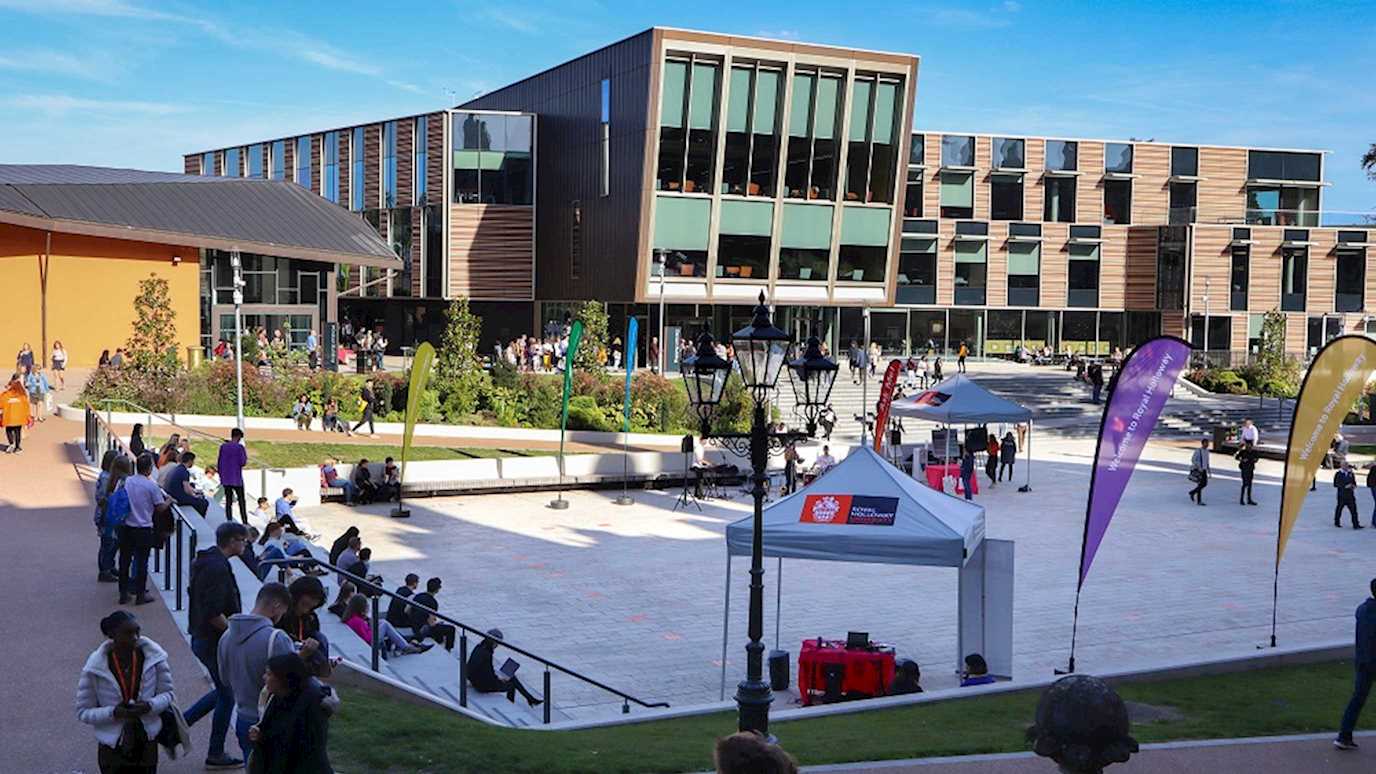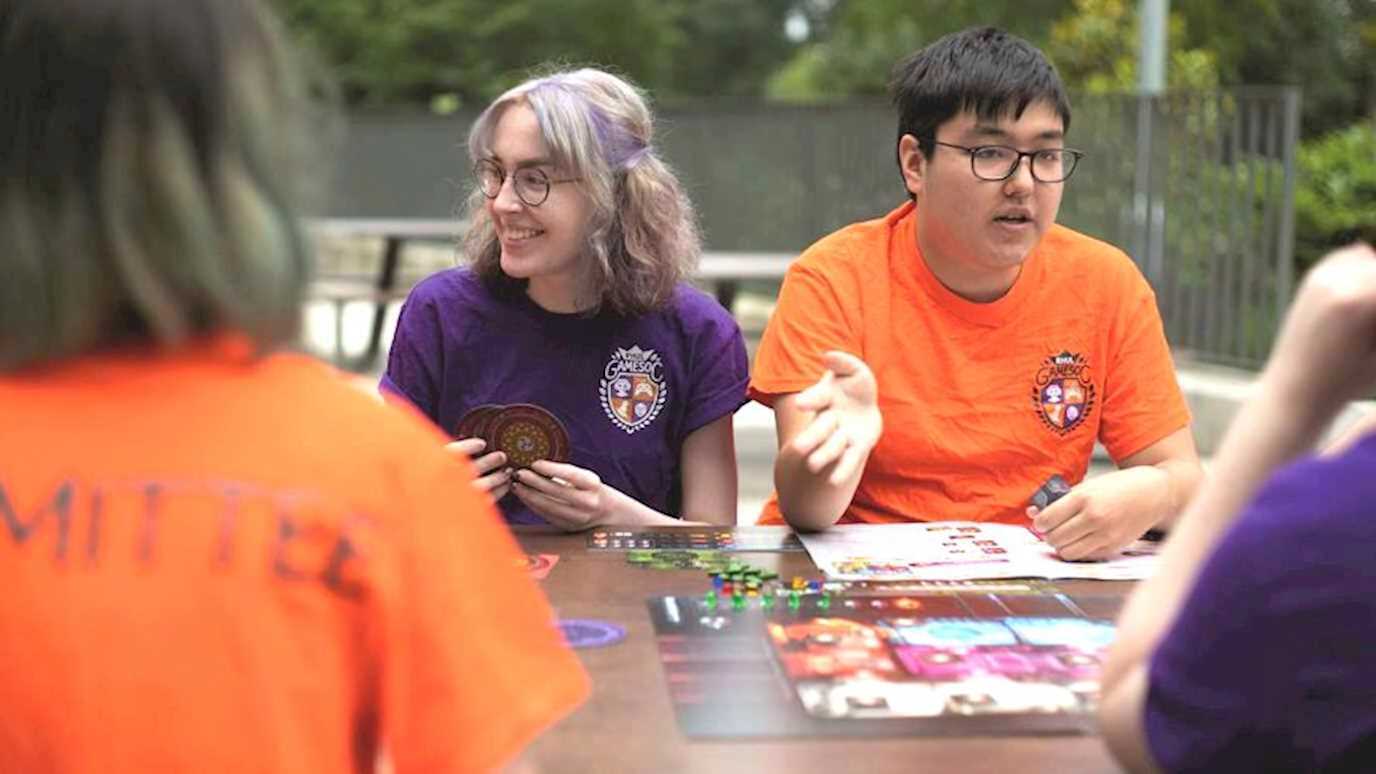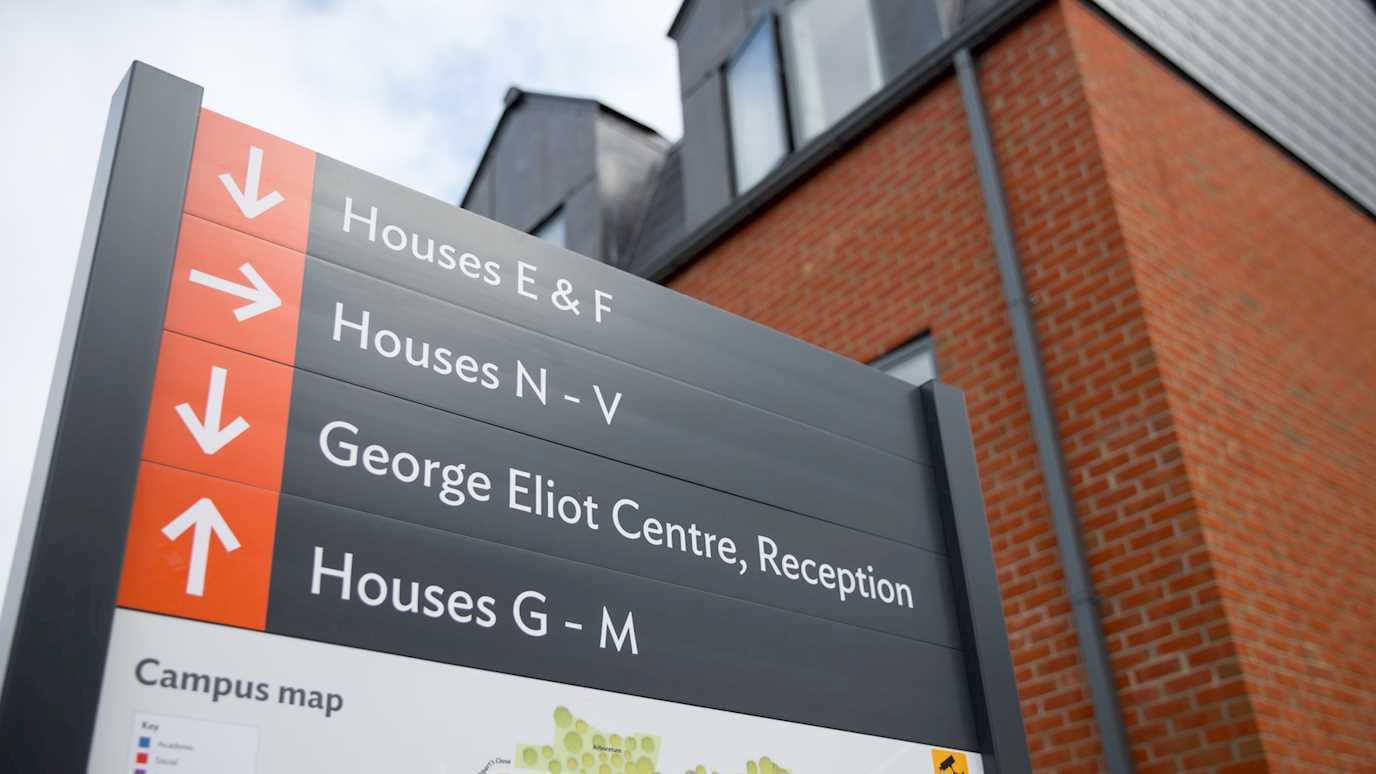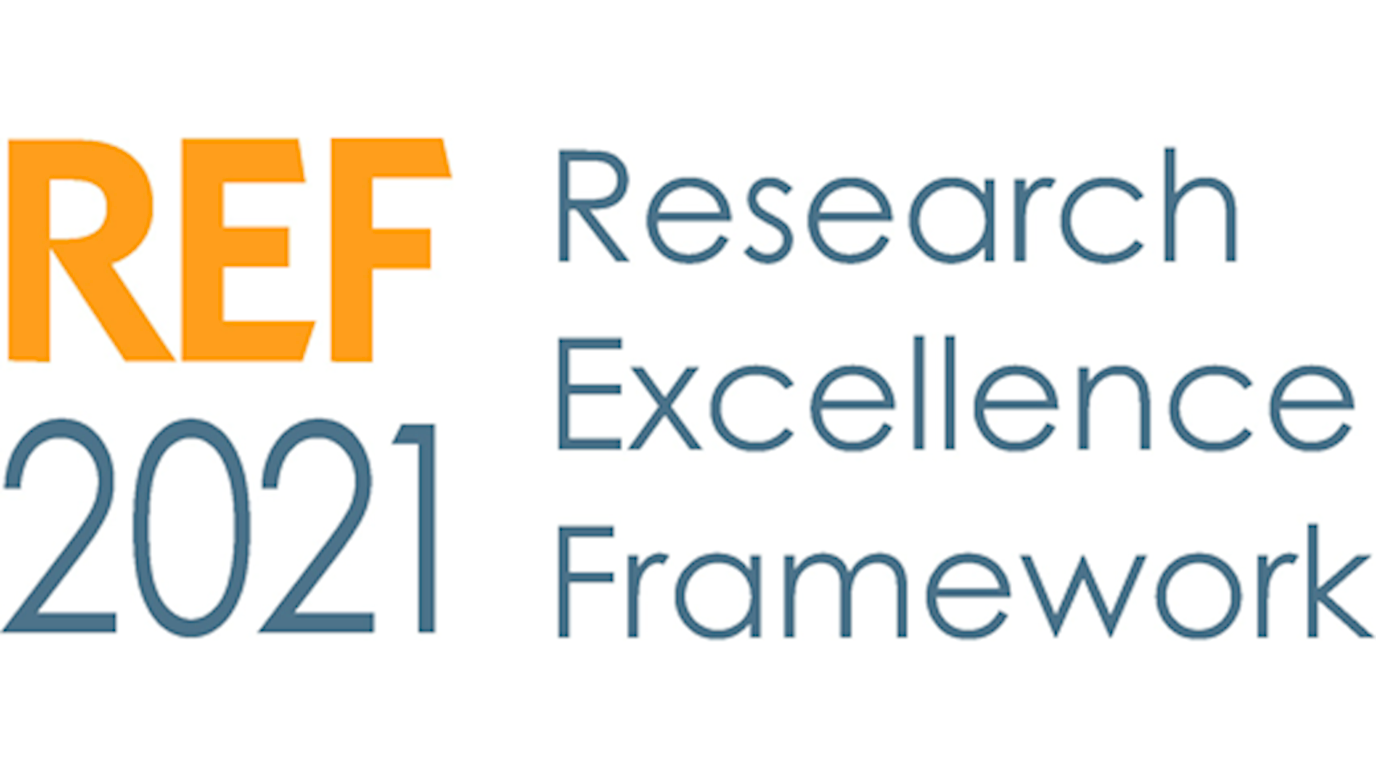Deep Learning for brain signals
Deep neural networks (DNNs) are one of the most popular and powerful machine learning systems used by companies such as Facebook and Google. It is therefore not a surprise that their successful applications have been in activities relevant to the cyber-world such as automated captioning of You Tube videos and facial recognition in Facebook images. However, there is a lack of applications in exploiting the deep learning of neural networks for the analysis of biomedical data. In this direction, we have investigated how to reconstruct signals generated deep inside the brain from non-invasive measurements taken from the scalp. This is useful, as this circumvents the need to perform brain surgery to take a closer “picture” of the brain activities and can found applications in rehabilitation such as the prognosis of patients suffering from epilepsy. These brain signals called electroencephalogram (EEG) can also be analysed for other purposes such as the prediction of a person’s movement, the analysis/prognosis of diseases such as Parkinson’s disease and Schizophrenia, and monitoring of mental fatigue. Project supervisor Dr Cheong Took. Project reference: CT1
New Methods and Theories for 3D and 4D Signal Processing
Traditional signal processing and machine learning applications rely on the use of learning methods in the real- and complex-valued domains. However, modern technologies have fueled an ever-increasing number of emerging applications in which signals relies on unconventional algebraic structures (e.g., non-commutative). In this context, advanced complex- and hypercomplex-valued signal processing encompasses many of these challenging areas. In the complex domain, the augmented statistics have been found to be very effective in different methods of machine learning and nonlinear signal processing. However, processing signals in hypercomplex domains enables us to exploit some different properties, albeit raising challenges in designing and implementing new and more effective learning algorithms. More generally, learning in the hypercomplex domain allows us to process multidimensional data as a single entity rather than modelling as a multichannel entity, hence preserving the integrity of the data. In that direction, quaternions have attracted attention in the signal processing and machine learning communities for their capability of dealing with 3D and 4D models, thus providing an exciting area to propose new methodologies in signal processing. Project supervisor Dr Cheong Took. Project reference: CT2
Neuromorphic MPSoC for Olfaction
The recent breakthrough in designing customized neuromorphic chips capable to compute complex neural algorithms and the better understanding of the biological olfactory mechanisms offer the perfect starting point for investigating new neuromorphic algorithms for reconfigurable software-hardware heterogenous platforms with applications in artificial olfaction. The research will explore computational models capable to deploy many parallel computing cores in low cost heterogeneous multiprocessor system on chip platforms and cope with the smell recognition challenges that arise in the very short transitional olfaction signals measurements done in noisy environmental conditions. The project seeks to achieve ultra-rapid olfaction measurements with possible applications in health monitoring and 3D plume odorant mapping. Project supervisor Dr Alin Tisan. Project reference: AT1
Autonomous non-invasive indoor abnormalities detector for elderly occupants
The increasing of elderly population requires a rise in the provision of specialised support services. This provision is putting existing resources under strain as the support requirements for the elderly grow. The dramatic change in human interaction and behaviour triggered by the recent pandemic outbreak has imposed general social distancing, forcing seniors to stay in their own homes whenever possible. The research will explore the development of an end-to-end system, based on a distributed computing paradigm for non-invasive detection of abnormal ambient phenomena (characterised by acoustic, olfaction and electromagnetic signals) to provide an effective care monitoring and decision-making service for domestic environments. Project supervisor Dr Alin Tisan. Project reference: AT2






















